Vietnam is a beautiful country, very colourful, diverse, full of interesting historical things to discover, including its beautiful traditional clothes. In this article, we will introduce you to the women and men’s Vietnam traditional clothes.
First of all, you should know that Vietnamese people dress normally like everyone else in daily life. However, it is advisable to wear light clothes in summer or during the wet season, but be aware that, here, women do not dress sexy like in Europe or America. No short skirts or large necklines. People are accustomed to wearing Westernised clothes especially in the big cities but they remain quite discreet, especially in the small villages.
Vietnam traditional fashion
I - Traditional clothing
1. Women's clothing
In the North
The Ao Dai:
This graceful traditional dress highlights the feminine beauty of Vietnamese women. The translation of its name is "long dress". It appears rather simple and has become a Vietnamese national symbol.
The history of this dress begins around 1744, when Vietnam was divided into 2 territories: Dang Ngoai - Dang Trong with the border of Gianh river. To distinguish his people, Lord Nguyen Phuc Khoat in Dang Trong asked the people to wear a button-down dress with pants which was called "áo ngũ thân". It was only in 1930, during the French colonisation, did an artist modernise this dress. Since 1947, women have worn this dress only on special occasions and events such as weddings, during the Tet holiday, or simply to take beautiful photos.
Vietnamese women are very proud to wear it with the conical hat. This dress has gone through time, continues to evolve and remains an essential item for women in Vietnam. There are all kinds of dresses, for example purple in Hue. The colour obviously has a meaning. Gold was reserved for royal families, red during the festivals or weddings, white symbolises purity and innocence often worn by high school girls, black symbolises mourning.
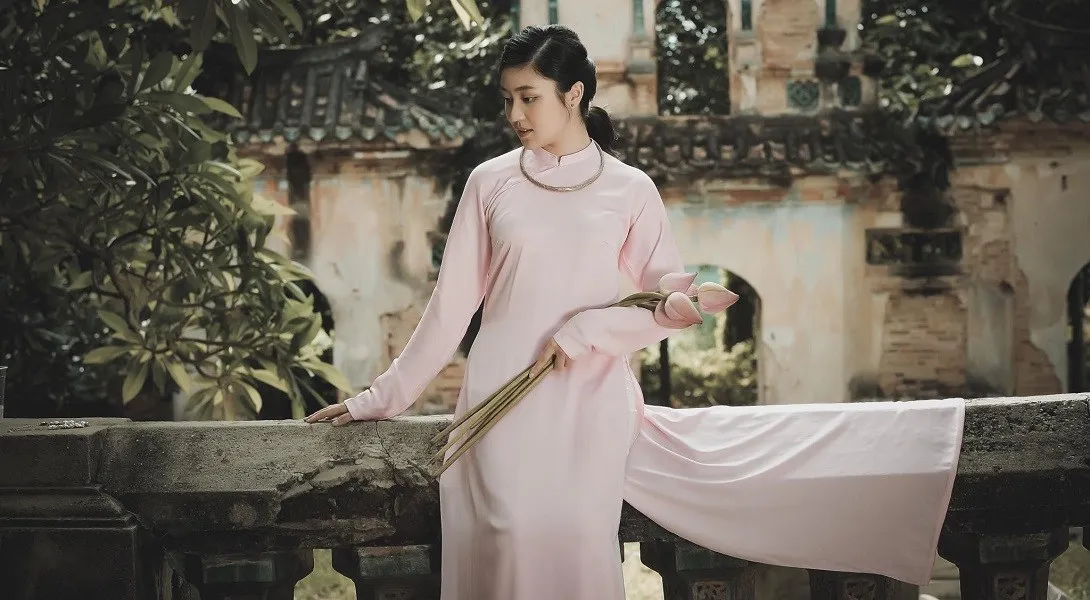
Ao Dai - Vietnam traditional clothes
The Ao Tu Than:
This dress, which dates from before the appearance of the Ao Dai, is composed of 3 parts. A bodice as undergarment, a long skirt and a flowing tunic divided into 4 pieces of fabric.
Nowadays, unfortunately, it is no longer worn much, but only at certain events.
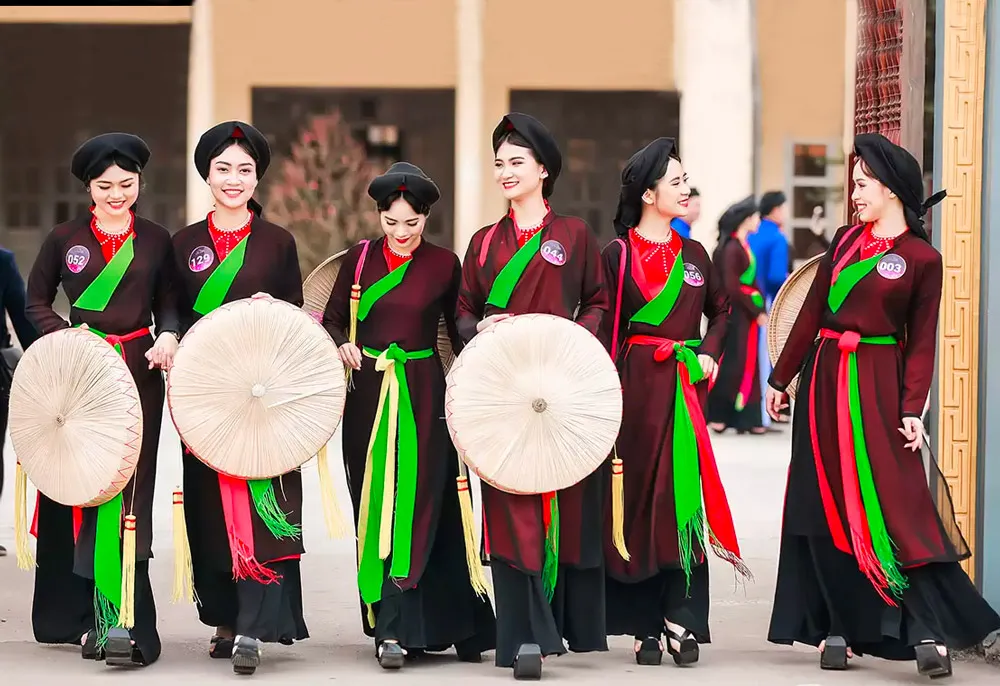
Ao Tu Than - Traditional clothes in Vietnam
In the center
Ao Nhat Binh:
This is a typical attire of royal women in the Nguyen dynasty of Vietnam. Since 1807, the wives of King Gia Long, princesses have already worn "Ao Nhat Binh". Although it is inspired by the dress of the Ming Dynasty of China, people can see the difference in the square collar with traditional Vietnamese embroidered patterns. It is a royal garment that no one wears in daily life. Nowadays, people wear it when taking wedding photos or at some special events.

Ao Nhat Binh - Vietnam traditional dress
In the south
The Ao Ba Ba:
This colourful collarless long-sleeved shirt has a slit on either side that reveals black or sometimes white silk pants. It is typical of southern Vietnam, in the rural Mekong Delta region, and is still worn today. Farmers wear it in black or brown to work in the rice fields. Women, as well as men, often wear it at festive events. This dress has also changed slightly over time. Nowadays, it is no longer loose but close-fitting to the body to show off the female body shape.
Ao Ba Ba is usually accompanied by a scarf of black, white or brown.

Ao Ba Ba - Vietnam traditional clothes
2. Men's clothing
For men, in the north, they prefer to dress in brown. In the south, black is their favourite colour and purple for the centre.
There is also an Ao Dai for men, formerly called "Ao Ngu Than" but it is less popular. Over time, men have not worn this traditional dress as much as before, for those who still wear it, they wear it in dark colour with white pants. Men’s Ao Dai is much looser than the women’s one. It has not evolved much compared to the women’s Ao Dai.
Nowadays, many designers aim to revive the traditional men's outfits by modernising them and creating new and more colourful designs. Thanks to this, the Ao Dai for men is coming back little by little, men wear it mainly for weddings, official ceremonies,...
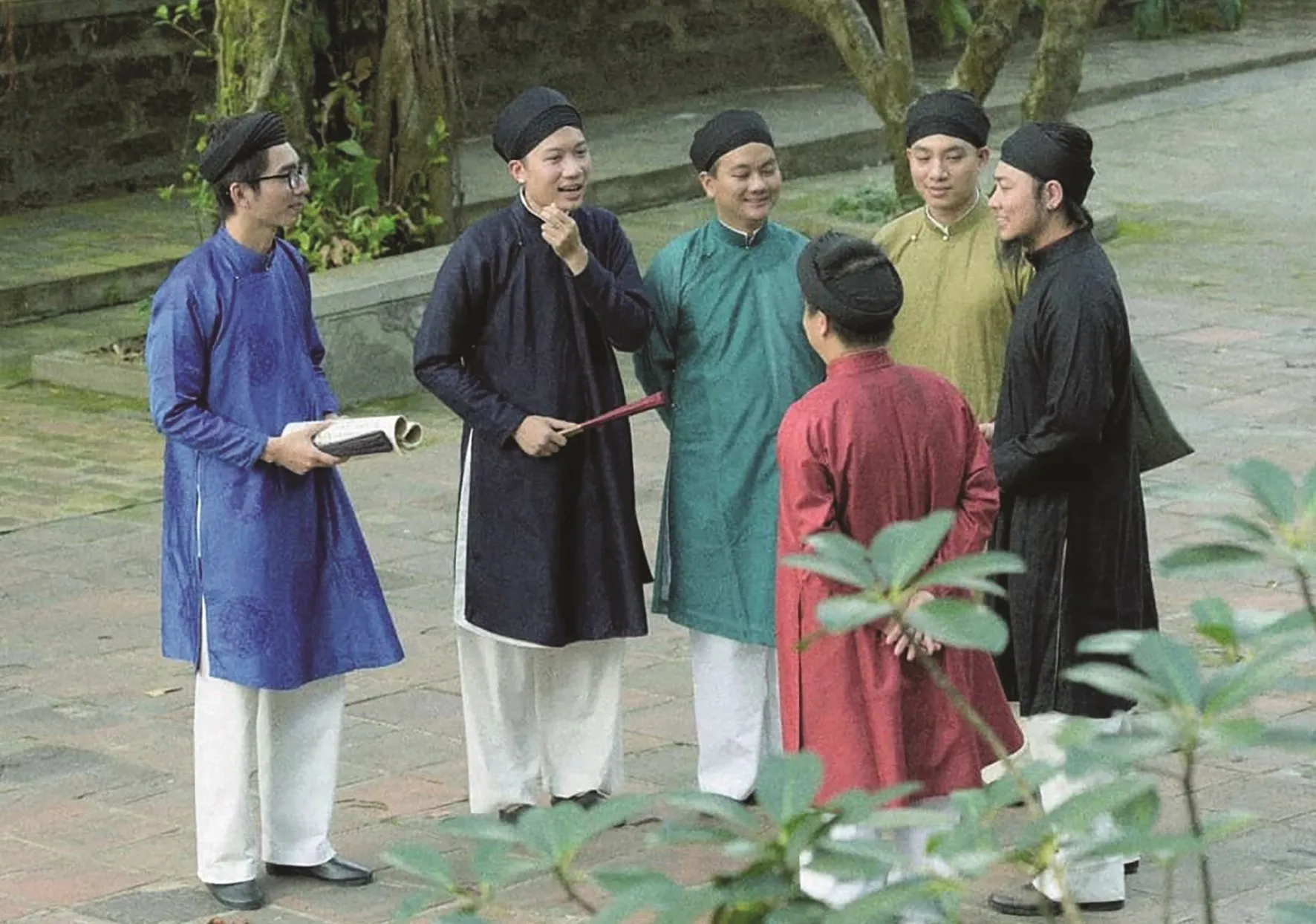
II - Clothing of ethnic groups
The clothes of the 54 ethnic groups in northern Vietnam are incredibly rich, highly varied, extremely colourful, which is what makes all the charm of these clothes. You can recognize the different ethnic groups because each group has its own unique and authentic costume.
For example, the H'mong tribe has black, blue, red and white colours. Their sophisticated linen costumes consist of many colourful patterns, a shirt with a "V" collar, a two-piece dress, a large belt, a scarf, leggings and a dark skirt. Women like to wear a lot of jewellery.
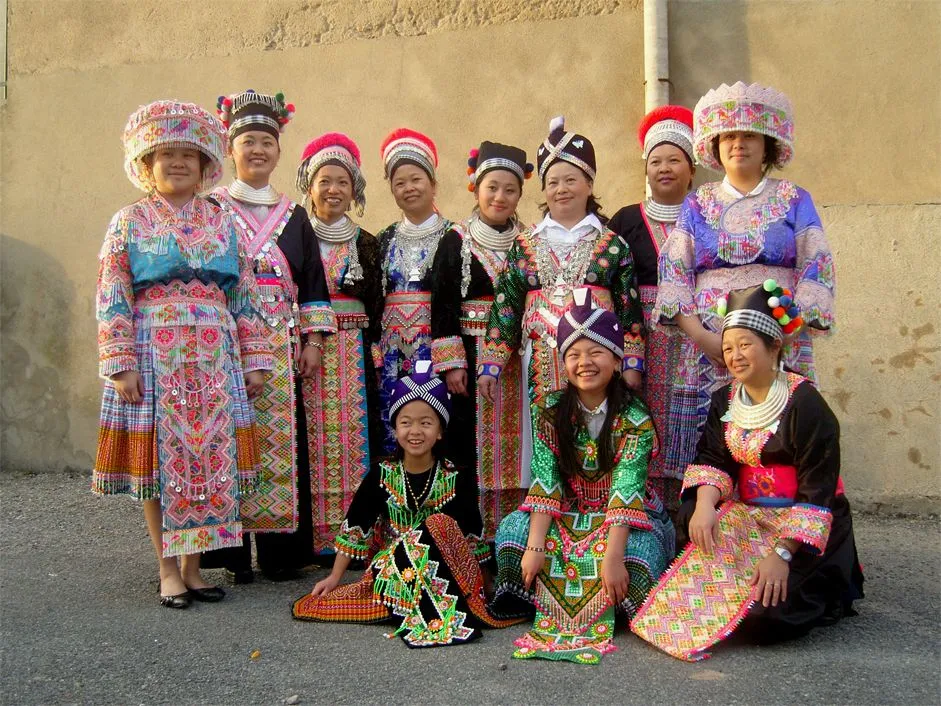
Vietnamese ethnic fashion
For ethnic Thai, a blouse and a long black skirt, a colourful fabric as a belt and a brocade scarf are their characteristics.
The Cham ethnic group, living in south central Vietnam, has a culture influenced by Indian culture. This group is less colourful than the others. Both men and women wear long sarongs or clothes, with many details and a scarf for women. They wear their costumes on special occasions such as festivals, New Year, etc.
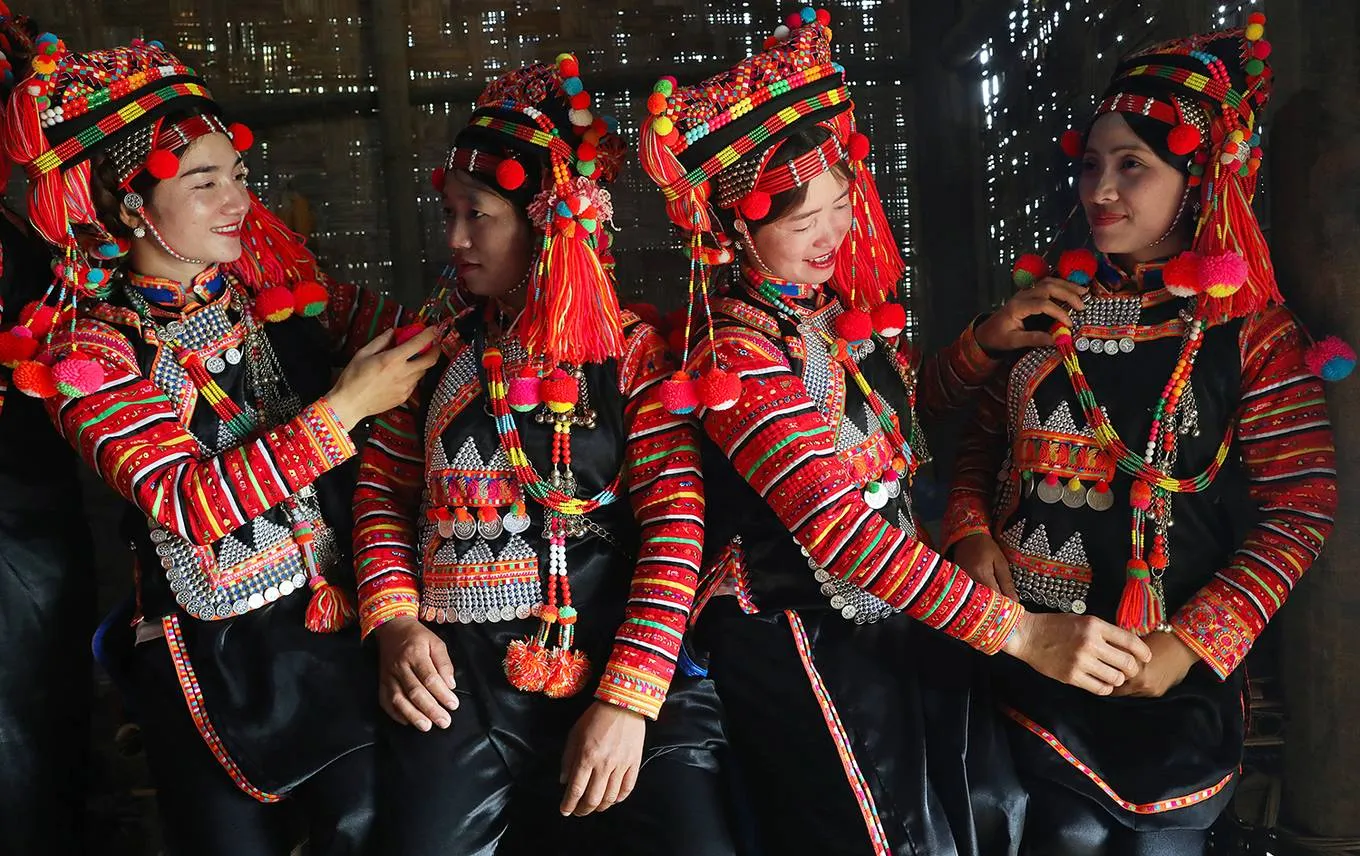
Ethnic fashion in Vietnam
Many ethnic groups have beautiful jewellery such as iron bracelets, large ivory earrings, glass necklaces, some also have tattoos.
III- Traditional accessories
1. Guốc - the traditional Vietnamese shoes
There are also traditional shoes, various styles of wooden clogs and sandals. The first prototypes of wooden shoes appeared around the 3rd century, called "Guốc Mộc," then instead of wood, bamboo was used. Wealthier people could have black clogs with fabric or ornaments. Until 1945, clogs or "Guốc Kinh," made from coconut shells, were worn in Hue.
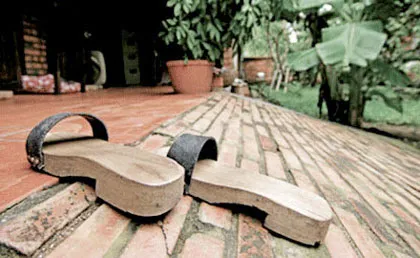
Guoc Moc - Vietnam traditional shoes
Another style of wooden sandal was popular during the French Revolution, the "Guốc Việt". These shoes were very practical for Vietnam's climate and lifestyle, as wood is ideal for working in the fields and water. There is a slight difference between women's shoes and men's shoes: women's shoes are shaped like clogs, while men's shoes have a straighter sole.
This type of shoe has gradually disappeared, giving way to modern footwear, but you can still find them in markets today and they are sometimes still worn during ceremonies.
2. Nón Lá - conical hat
Don't be surprised, Vietnamese women wear the famous conical hat, the Nón Lá every day. This is a very comfortable and suitable hat with the weather conditions in Vietnam that allows you to protect yourself from the sun and rain, especially when working in the fields.
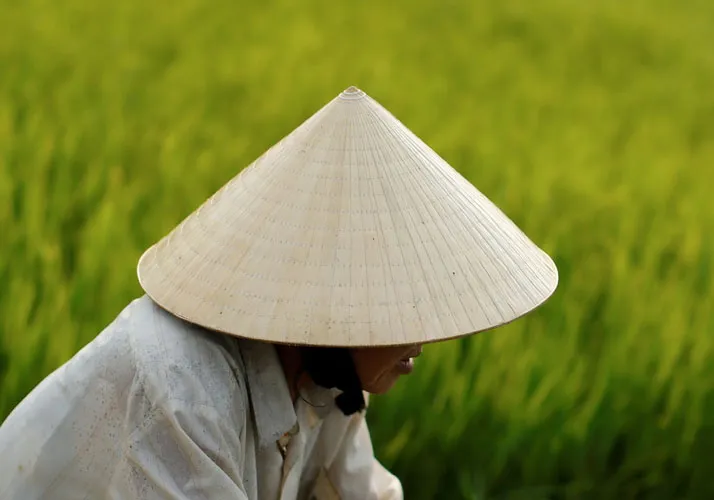
Non La - Vietnam traditional hat
This hat is made of latanier, palm or bamboo leaves. It looks simple, but it takes more than 4 hours of work entirely by hand to make it, following 10 steps. Its production is passed down from generation to generation in families such as in Chuong village or in Hue.
Its history, according to a legend, a goddess came to earth to protect humans. This goddess wore a huge hat, which protected men from the rain. Once she left, a temple was built to dedicate to her, the patron goddess of rain. So the local people tried to make a similar hat from natural materials.
3. Khăn Rằn - checkered scarf
If you travel to the southwest region of Vietnam, it is easy to meet people wearing Khăn Rằn, a type of traditional scarf that is very popular in the area. Khăn Rằn are commonly used in the working and daily lives of people in the Mekong Delta.
According to many elders, the Khăn Rằn originated from the "krama" scarf of ethnic Khmer people and due to the influence of cultural interaction with other ethnic groups such as Kinh, Hoa, Khmer, Cham, the scarf was modified to fit the needs of locals.
IV- Traditional wedding dress
The traditions of a wedding in Vietnam are numerous and constantly change over time, but many people say they prefer to keep the basic traditions and not modernise their wedding too much.
The choice of wedding dress also varies. Some people keep traditional clothes, while others wear a nice white dress and a suit as in the West.
In the past:
In the north, the bride's dress was the Ao Mo Ba - a three-tiered, brightly coloured (pink, yellow, blue) gown over a black dress.
In the centre, the Ao Mo Ba is also worn, apart from a long red or pink dress, followed by an indigo dress and finally a black dress.
In the south, women wear the Ao Dai, a long dress with black silk pants.
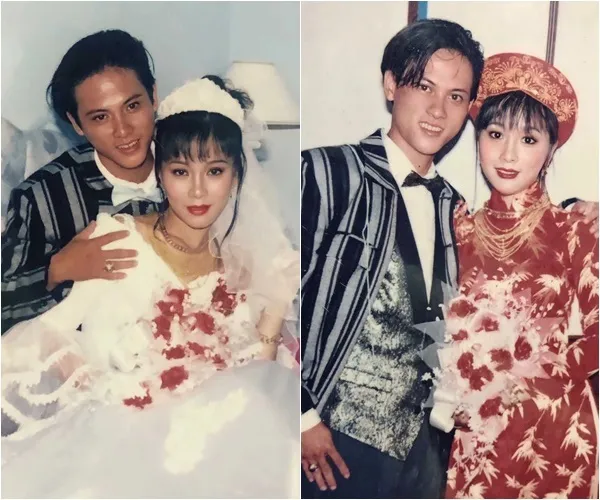
Men still dress the same way, with a men's Ao Dai, white pants and hair tied up and wrapped in a blue turban.
Today:
The Ao Dai or other traditional dress is often worn for engagements, to take beautiful couple photos. White dress appears more and more often in wedding ceremonies. For example, if the groom wears a jacket, the bride always wears the red dress, especially when the couple comes to the ancestral altar.
Note: The colour white in Vietnam used to be one of the mourning colours, which is why white clothes were not traditionally worn in a wedding.
V- Tips to know if you intend to come to Vietnam
Be aware that Vietnamese people are quite modest, so do not go around half-naked even in hot weather. Wearing skimpy clothes might make the locals uncomfortable. Do not wear clothes that glorify or criticise the country, which is severely punished.
In addition, please note that in Vietnam these shoes are taken off when you enter a room, dirt remains outside. Therefore, please bring or purchase indoor slippers on site.
Tip: Wear open sandals if you want to travel to Vietnam during the rainy season, as closed shoes and sneakers will have difficulty drying out.
If you want to learn more about the beautiful costumes of Vietnamese women, the Hanoi Women's Museum is the place to see many traditional costumes.
Of course, this list of Vietnam traditional clothes is not complete because there are so many interesting clothing details that I recommend you visit Vietnam and discover by yourself.
>> Visit fascinating Vietnam on a private guided tour
To see more about Vietnam culture:
>> 10 Must-see Cultural and Traditional Vietnamese Performances
>> Top 10 Delicious Vietnamese Dishes You Should Know
>> The 5 Cafés that Serve the Best Egg Coffee in Hanoi








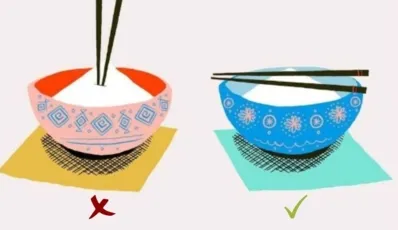

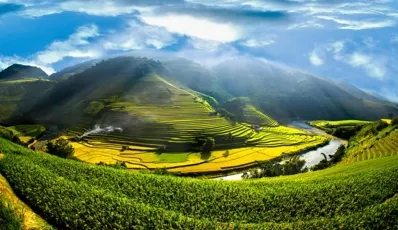
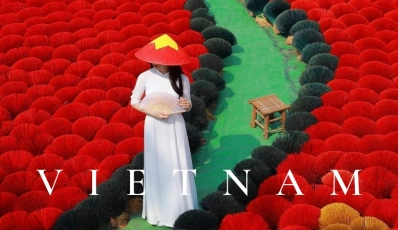
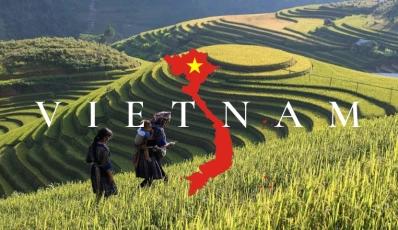

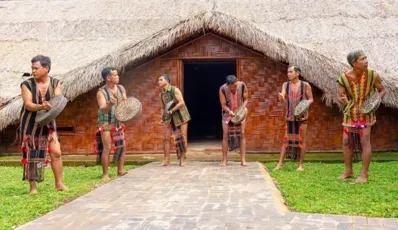
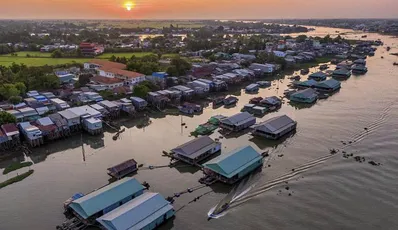
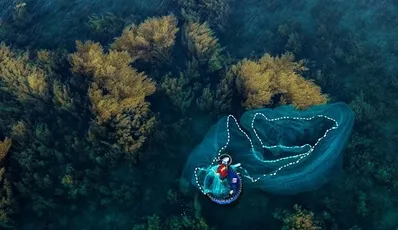




 TRAVELERS' CHOICE 2026
TRAVELERS' CHOICE 2026 


